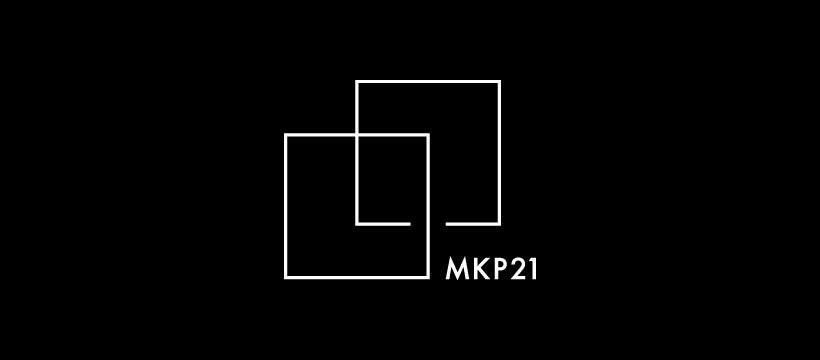What the Heck Is a Koan?
As the Japanese expression "that sounds like a Zen dialogue(禅問答)," which refers to telling something very illogical and unintelligible, suggests, a Koan is used in special kinds of dialogue that cannot be grasped through intellectual judgment alone. We have to be careful, when talking about Koans, that they are not something that can be neatly resolved by a sort of logical reasoning.
So let us define Koan, for the time being, as certain questions used in the above-mentioned kind of Zen dialogues.
One famous example of such Koans is the one devised by Zen master Hakuin: "Clapping with both hands, there is sound; then what is the sound of one hand?" This is known as the "One-hand(隻手の)" Koan.
See? Thinking about it won't provide an answer.
While the literal meaning of "Koan" is something like an official document issued by the authorities, interpreting the "authorities" as "truth" more effectively conveys its essence. In Zen, truth is not dictated by authority figures or esteemed monks; rather, it is dictated by whatever is here and now, right in this moment.
Essentially, a Koan is something that originates from this “immediate moment(即今)”, IS “immediate moment,” which succinctly and perfectly expresses itself. A Koan can be made out of various themes in and around our daily lives, and thus Koans can involve topics like hands or sounds. And more generally, Koans refer to records of interactions between monks from ancient times, famous Zen masters' actions and sayings, or excerpts from scriptures.
Using these as subjects, practitioners engage in one-on-one dialogues with their masters, known as "dokusan(独参)" or "nisshitsu sanzen(入室参禅)," entering a room and facing their master directly.
Why do they do such a thing?
Firstly, it is for the realization of one’s inborn nature (not solving a quiz, btw!). Whether during seated meditation or at other times, practitioners immerse themselves continuously in the question given to them in the room, striving to "know oneself," which Zen prioritizes.
The answer to a Koan is a direct result of realizing oneself, and it is not merely about knowing the correct answer. In Zen, what's crucial is to experientially and empirically understand who we are, not just intellectually, and engaging with Koans enables it (further details on why this is possible will be discussed in another post). Masters employ various methods to continually direct their disciples' awareness towards this Self which doesn’t have any form at all.
Secondly, through these dialogues, masters check whether their disciples clearly has seen through who they really are.
During practices like seated meditation, one may often see things not visible under normal circumstances or experience something unusual. These phenomena, akin to hallucinations, are sometimes referred to in Zen as "makyo(魔境)." It's possible for individuals to mistakenly think they are "enlightened" due to such extraordinary experiences, or become fixated on them, neglecting the crucial task of revealing the truth.
In the worst case, such experiences might lead individuals into the clutches of malicious groups. We've seen examples in the world where organizations exploit similar experiences induced through extreme conditions like drugs or fasting to increase their followers, gain profit, or seek control.
While one may feel they've revealed themselves through a certain experience, there can also be misunderstandings. It's when such experiences are scrutinized by masters that their authenticity is proven. Throughout history, those who had their experiences validated have continued this validation process with others, passing it down from one generation to the next, demonstrating the vitality of Zen.
This is critically important for discerning the authenticity of experiences, especially those significant to one's life such as enlightenment. Moreover, it ensures the safety of religious practices and is essential for those attempting such practices.
Thirdly, whether genuine or false, through these dialogues, masters strip away disciples' understanding of their realization. This might be a bit hard to grasp at first. Simply put, as long as one thinks they understand something, that "understanding" can become an obstacle, trapping them and preventing true freedom (through truth).
In Buddhism, particularly in Zen, emphasis is placed on this freedom from attachment to anything. To be liberated in this sense, practitioners continue training even after clearly seeing their own nature, the True Self. Beyond this lies the passing of the baton of validation to the next generation, envisioning a time in the distant future when all humanity will understand their inborn nature and attain the same kind of freedom.
Thus, the practice of Koans and Zen dialogues occupies a very significant place in the practice of Zen. While such practices are rare in Sōtō Zen and similar sects, they continue in Rinzai Zen.
